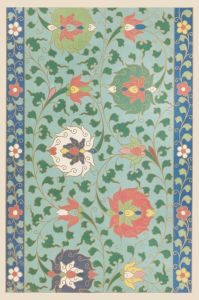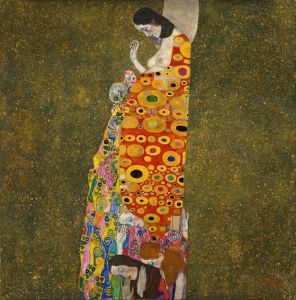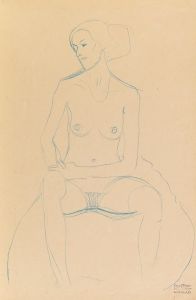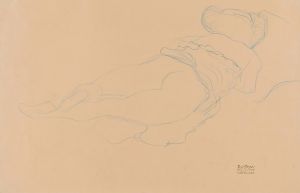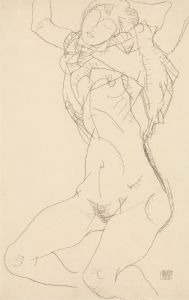
Mäda Primavesi
A hand-painted replica of Gustav Klimt’s masterpiece Mäda Primavesi, meticulously crafted by professional artists to capture the true essence of the original. Each piece is created with museum-quality canvas and rare mineral pigments, carefully painted by experienced artists with delicate brushstrokes and rich, layered colors to perfectly recreate the texture of the original artwork. Unlike machine-printed reproductions, this hand-painted version brings the painting to life, infused with the artist’s emotions and skill in every stroke. Whether for personal collection or home decoration, it instantly elevates the artistic atmosphere of any space.
"Mäda Primavesi" is a renowned portrait painted by the Austrian symbolist artist Gustav Klimt between 1912 and 1913. This artwork is a striking example of Klimt's portraiture, showcasing his distinctive style that combines realism with decorative elements. The painting depicts Mäda Primavesi, a young girl from a wealthy Viennese family, who was around nine years old at the time she was painted.
Mäda Primavesi was the daughter of Otto Primavesi, a banker and industrialist, and Eugenia Primavesi, who were prominent patrons of the arts in Vienna. The Primavesi family was part of the city's affluent society, and they supported various artists, including Klimt, who was a leading figure in the Vienna Secession movement. This movement was known for its innovative approach to art, breaking away from traditional academic styles and embracing modernism.
The portrait of Mäda Primavesi is notable for its vibrant colors and intricate patterns, which are characteristic of Klimt's later work. The young girl is depicted standing in a relaxed pose, wearing a white dress adorned with colorful floral patterns. Her expression is confident and somewhat introspective, capturing the innocence and poise of childhood. The background of the painting is richly decorated with abstract motifs and floral designs, adding to the overall decorative quality of the piece.
Klimt's use of color and pattern in "Mäda Primavesi" reflects his interest in the decorative arts and his ability to blend figuration with abstraction. The painting is executed with a high level of detail, particularly in the rendering of the dress and the background, which demonstrates Klimt's meticulous attention to texture and ornamentation. This approach is consistent with his other works from this period, where he often incorporated elements of Art Nouveau and symbolism.
"Mäda Primavesi" is housed in the collection of the Metropolitan Museum of Art in New York City. It is considered one of Klimt's masterpieces and is frequently exhibited as part of the museum's European paintings collection. The portrait is admired for its artistic beauty and its representation of early 20th-century Viennese society.
Gustav Klimt's work, including "Mäda Primavesi," continues to be celebrated for its innovative style and its contribution to modern art. Klimt's portraits, in particular, are noted for their psychological depth and their ability to capture the essence of the sitter. "Mäda Primavesi" remains a testament to Klimt's skill as a portraitist and his unique vision as an artist.





